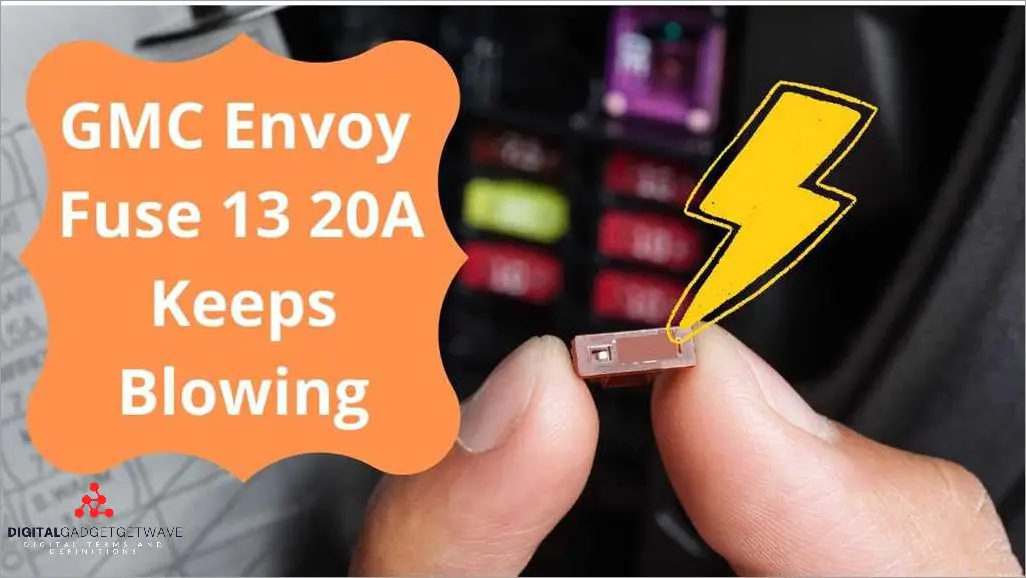
In electrical circuits and systems, a short to ground refers to a fault or problem that occurs when an electrical conductor unintentionally comes into contact with the earth or ground. This can result in a path of low resistance, allowing an excessive amount of current to flow through the circuit. Understanding the basics of short to ground is essential for troubleshooting and maintaining electrical equipment.
Short to ground can be caused by various factors, such as faulty wiring, insulation breakdown, or equipment failure. It can pose serious risks to both personnel and equipment, including electrical shocks, damage to power systems, or even fires. Therefore, it is essential to identify and fix short to ground issues promptly to ensure safety and prevent damage.
To identify a short to ground, various testing methods can be employed, including the use of a megger, voltage measurements, and insulation resistance measurements. These tests help detect the presence of a short circuit or a low-resistance path to ground. By measuring the resistance between the circuit and ground, it becomes possible to determine if a short to ground is present and locate its source.
Once a short to ground is identified, proper steps must be taken to rectify the issue. This may involve repairing or replacing faulty wiring, improving insulation, or isolating and replacing the faulty equipment. Regular inspections and maintenance are also essential to identify potential short to ground risks and prevent them before they cause problems.
Contents
- 1 Short to Ground Definition
- 2 Understanding the Basics
- 3 FAQ about topic “Short to Ground Definition: Understanding the Basics”
- 4 What is a short to ground?
- 5 How does a short to ground occur?
- 6 What are the consequences of a short to ground?
- 7 How can a short to ground be diagnosed?
- 8 What are the troubleshooting steps for a short to ground?
Short to Ground Definition
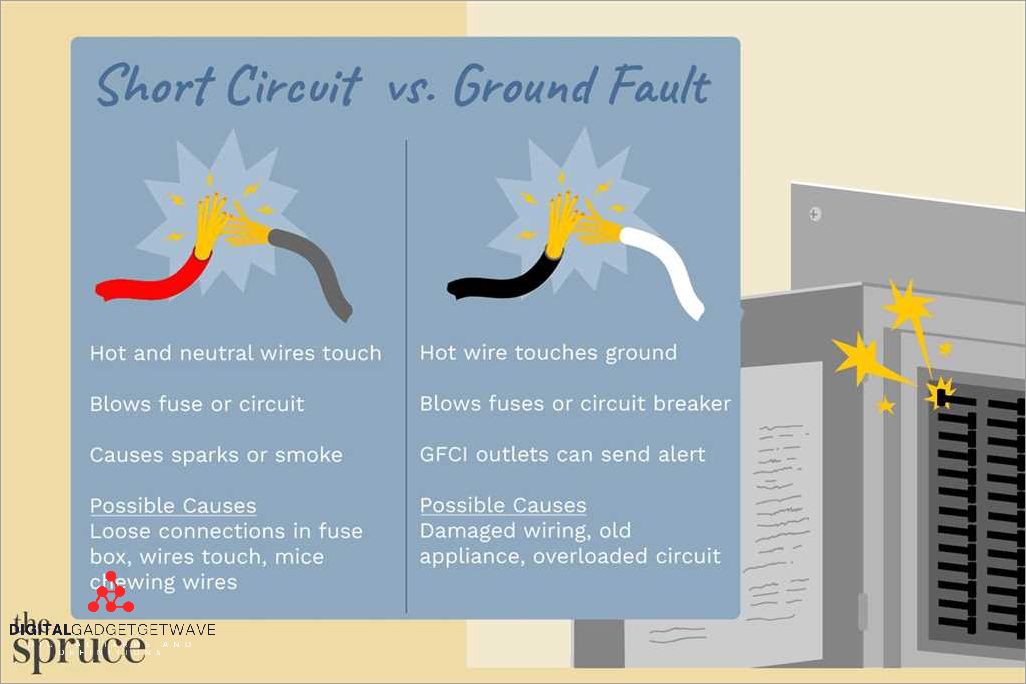
A short to ground, also known as a ground fault or a ground fault current, is an electrical fault that occurs when current unintentionally flows from a power circuit to the ground. This can happen due to a break or a fault in the insulation of electrical equipment or wiring. It is important to identify and fix short to ground issues promptly, as they can cause damage to equipment, pose a safety hazard, and result in power outages or circuit failures.
Troubleshooting a short to ground involves detecting the source of the fault. One common method is using a megger, which measures the resistance between the circuit and the ground. If the resistance is too low (close to zero ohms), it indicates a short to ground. Other diagnostic tools and techniques, such as insulation resistance testing and voltage measurements, may also be used to identify and diagnose short to ground faults.
Short to ground faults can be caused by various factors, including damaged wires, faulty equipment, or incorrect wiring. These faults can cause a large amount of current to flow through the circuit, leading to overheating and potential fire hazards. To prevent short to ground faults, proper wiring practices, regular equipment maintenance, and the use of protective devices such as circuit breakers and ground fault circuit interrupters (GFCIs) are essential.
When testing for short to ground, safety precautions should be taken to avoid electric shock or injury. It is recommended to de-energize the circuit before performing any testing or repairs. Additionally, proper personal protective equipment (PPE) should be worn, such as insulated gloves and safety glasses. Following safety procedures and guidelines is crucial to ensure the safety of the technician and prevent further damage or accidents.
In conclusion, a short to ground is an electrical fault that occurs when current flows from a power circuit to the ground unintentionally. It can be detected and diagnosed through various testing and measurement techniques, such as megger testing, insulation resistance testing, and voltage measurements. Preventive measures, such as proper wiring practices and the use of protective devices, are essential to avoid short to ground faults and ensure electrical safety.
Understanding the Basics
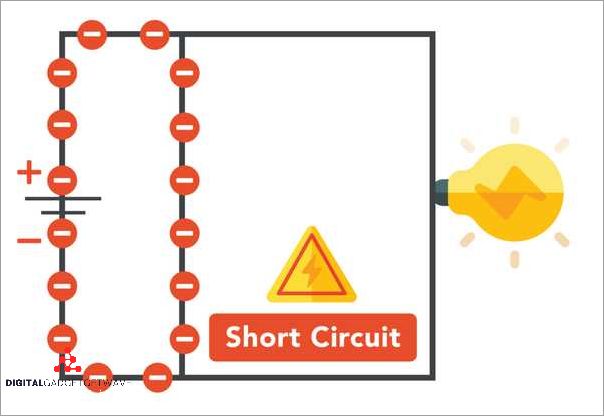
When it comes to electrical systems, it is crucial to have a clear understanding of the basics. One important concept to grasp is the definition of a short to ground. This occurs when there is an unintended connection between an electrical circuit and the ground, resulting in a low-resistance path for current to flow.
Shorts to ground can cause significant damage to electrical equipment and pose safety risks. When a short to ground occurs, the current bypasses the intended circuit path and flows directly into the ground. This can lead to overheating, circuit damage, and even electrical fires.
There are various methods and equipment used to identify and troubleshoot shorts to ground. One common technique is to measure the resistance between the circuit and ground using an ohmmeter. By comparing these measurements to the expected values, technicians can determine if a short to ground exists.
Another essential tool for testing and troubleshooting electrical systems is a megger. A megger measures insulation resistance, which can help identify potential shorts to ground. By applying a high voltage and measuring the resulting current flow, technicians can assess the quality of insulation and detect any faults.
Ground faults and shorts to ground can be prevented through proper grounding systems and the use of protective devices like circuit breakers and fuses. These devices are designed to interrupt the flow of current in the event of a fault or short, providing an added layer of safety and protection.
In conclusion, understanding the basics of shorts to ground is crucial for anyone working with electrical systems. By using the appropriate equipment and performing regular testing, technicians can identify and rectify any faults, ensuring the safety and reliability of electrical systems.
What is Short to Ground?

A short to ground is a fault in an electrical circuit where the current flows directly from the power source to the ground, bypassing the intended path. This can occur when there is a breakdown in the insulation or when a conducting material comes into contact with the ground.
Short to ground can cause a variety of issues, including a loss of power, damage to equipment, and even safety hazards. It is important to identify and rectify short to ground faults as quickly as possible to prevent further damage.
One of the key tools for troubleshooting short to ground issues is measurement. By using electrical testing equipment such as a multimeter or a megger, technicians can determine the resistance between the ground and different points in the circuit. A low resistance reading indicates a short to ground fault.
In order to provide protection against short to ground faults, electrical systems are designed with safety measures such as fuses, circuit breakers, and grounding systems. These mechanisms help to interrupt the flow of current in the event of a short to ground fault, preventing damage to equipment and ensuring the safety of individuals.
When testing for short to ground, it is important to ensure the safety of the technician and the equipment. Proper safety procedures should be followed, such as wearing insulated gloves and using appropriate testing equipment. It is also important to de-energize the circuit before performing any testing.
In conclusion, a short to ground is a fault in an electrical circuit where current flows directly to the ground. It can cause power loss, equipment damage, and safety hazards. By using measurement tools and following safety procedures, short to ground faults can be identified and rectified, ensuring the reliability and safety of electrical systems.
Causes of Short to Ground
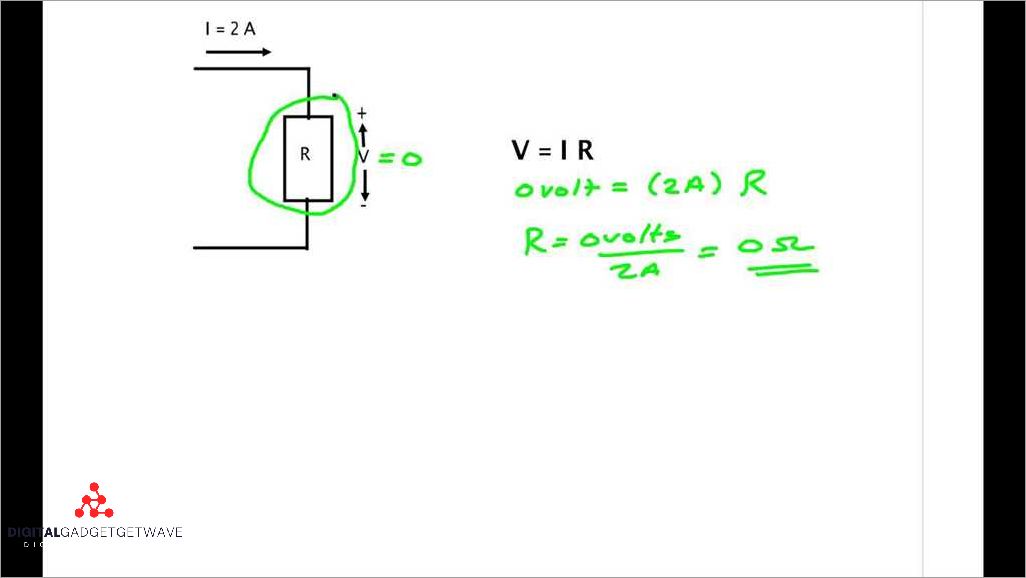
In an electrical system, a short to ground is a fault where a low resistance path is created between a live conductor and the ground. This can occur due to a variety of reasons, including:
- Faulty Wiring: Poorly installed or damaged wiring can lead to a short to ground. For example, if the insulation on the wires is worn out or damaged, it can cause the wire to come into contact with a metal object or the ground, resulting in a short circuit.
- Equipment Malfunction: Faulty equipment, such as motors, transformers, or power supplies, can also cause a short to ground. This can happen due to internal faults or insulation breakdown.
- Environmental Factors: Environmental factors, such as moisture, dust, or corrosive substances, can contribute to short to ground faults. These factors can degrade insulation and create paths for current to flow to the ground.
Detecting and troubleshooting short to ground faults is crucial for ensuring the safety and proper functioning of electrical systems. The following measurements and testing methods are commonly used:
- Resistance Measurements: Using an ohmmeter, the resistance between the live conductor and the ground can be measured. A low resistance reading indicates a short to ground.
- Insulation Testing: Insulation resistance testing with a megger is performed to assess the quality of insulation in the system. A low insulation resistance reading suggests the presence of a short to ground.
- Power Off: For safety reasons, the power supply to the affected circuit or equipment should be turned off before conducting any testing or troubleshooting activities.
Once a short to ground is identified, it is important to locate the specific area or component responsible for the fault. This can be done by visually inspecting the wiring and equipment for any signs of damage or overheating. If necessary, further testing, such as continuity testing or using specialized electrical fault locators, may be employed to pinpoint the exact location of the fault.
Correcting a short to ground depends on the specific cause of the fault. It may involve repairing or replacing damaged wires or components, improving insulation, or fixing any issues with equipment. Regular maintenance and inspections can help prevent short to ground faults by identifying and addressing potential problems early on.
Symptoms of Short to Ground
When an electrical circuit has a short to ground, there are several symptoms that can indicate the presence of this fault. It is important to identify and resolve short to ground issues promptly for safety and to avoid damage to electrical equipment or wiring.
One common symptom of a short to ground is a sudden loss of power in the affected circuit. This can be accompanied by tripped circuit breakers or blown fuses as a result of the excess current flowing through the short circuit. In some cases, the short to ground can cause sparks or cause the circuit breaker or fuse to emit a burning odor.
Another symptom of a short to ground is abnormal measurements of voltage or current. When testing the circuit with a multimeter, the readings may be significantly higher or lower than expected. This can indicate that the current is either being diverted to ground or is being disrupted by the short circuit.
In addition, insulation damage or overheating can occur as a result of a short to ground. The excess current flowing through the short circuit can cause the insulation on the wires to melt or become damaged, leading to exposed wires and potential safety hazards. Visual inspection of the wiring may reveal signs of charring or burning.
When troubleshooting a short to ground, electrical safety should always be a priority. Using appropriate personal protective equipment, such as gloves and safety glasses, is essential when working with electrical circuits. To locate the short to ground, specialized equipment such as a megger can be used to measure the insulation resistance of the circuit. This can help determine the location and severity of the fault.
To protect against short to ground faults, proper circuit protection measures should be in place. This includes using correctly rated circuit breakers or fuses, ensuring proper wiring installation, and regularly inspecting and maintaining electrical equipment. Periodic testing of circuits and equipment can help identify and address potential issues before they lead to a short to ground fault.
Preventing and Fixing Short to Ground
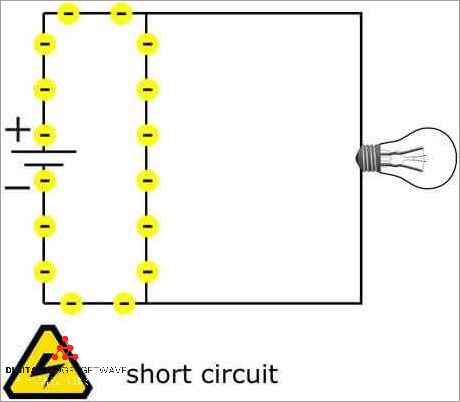
A short to ground is an electrical fault that occurs when the insulation between a live wire and ground becomes compromised. This can happen due to various reasons like damaged cables, incorrect wiring, or equipment failure. When a short to ground occurs, it creates a direct path for electrical current to flow to the ground, bypassing the normal circuitry. This can result in a loss of power, equipment damage, and potential safety hazards.
To prevent short to ground incidents, it is crucial to ensure proper insulation of electrical wiring and equipment. Regular inspections and maintenance can help identify and fix any potential faults before they cause significant issues. High-quality insulation materials with high resistance properties should be used to minimize the risk of electrical shorts. Additionally, proper grounding techniques and the use of ground fault circuit interrupters (GFCIs) can provide an added layer of protection.
When faced with a short to ground problem, it is essential to conduct thorough troubleshooting and testing. This involves isolating the faulted circuit or equipment and determining the cause of the short. Various tools such as multimeters, insulation resistance testers (or megger), and voltage detectors can be used to measure resistance, current, and voltage levels, helping to pinpoint the exact location of the fault.
Fixing a short to ground often involves repairing or replacing the damaged wiring or faulty equipment. It should be done by a qualified electrician or technician to ensure proper safety measures are followed. Once the faulty component is identified, it is important to address the issue promptly to prevent further damage and mitigate the risk of electrical hazards.
In conclusion, preventing and fixing short to ground issues requires a combination of proper insulation, regular maintenance, and effective troubleshooting techniques. This helps to ensure the safety of electrical systems and equipment, minimize downtime, and prevent costly damages. By understanding the causes and taking appropriate preventive measures, short to ground incidents can be minimized, promoting a secure and reliable electrical environment.
FAQ about topic “Short to Ground Definition: Understanding the Basics”
What is a short to ground?
A short to ground refers to a situation where an electrical circuit has a path to ground with lower resistance or impedance than intended, causing an abnormal flow of current. This can result in damage to the circuit or electrical components.
How does a short to ground occur?
A short to ground can occur due to various reasons such as faulty wiring, damaged insulation, a loose or corroded connection, or a component failure. It can also happen when conductive materials come into contact with live electrical parts or when excessive current flows through a circuit.
What are the consequences of a short to ground?
A short to ground can lead to several consequences, including circuit overload, tripping of circuit breakers or fuses, damage to electrical equipment or devices, fire hazards, and even electric shock or electrocution in extreme cases.
How can a short to ground be diagnosed?
Diagnosing a short to ground typically involves using a multimeter to measure resistance or continuity between different points in the circuit. The circuit is tested to identify any abnormal or unexpected paths to ground. Visual inspection and checking for physical damage or loose connections are also common diagnostic methods.
What are the troubleshooting steps for a short to ground?
To troubleshoot a short to ground, it is important to first disconnect the power source. Then, visually inspect the circuit and components for any signs of damage or loose connections. Next, perform continuity or resistance tests using a multimeter to identify the location of the short. Once the short is found, necessary repairs can be made, such as repairing or replacing damaged wiring, isolating the faulty component, or tightening loose connections.


